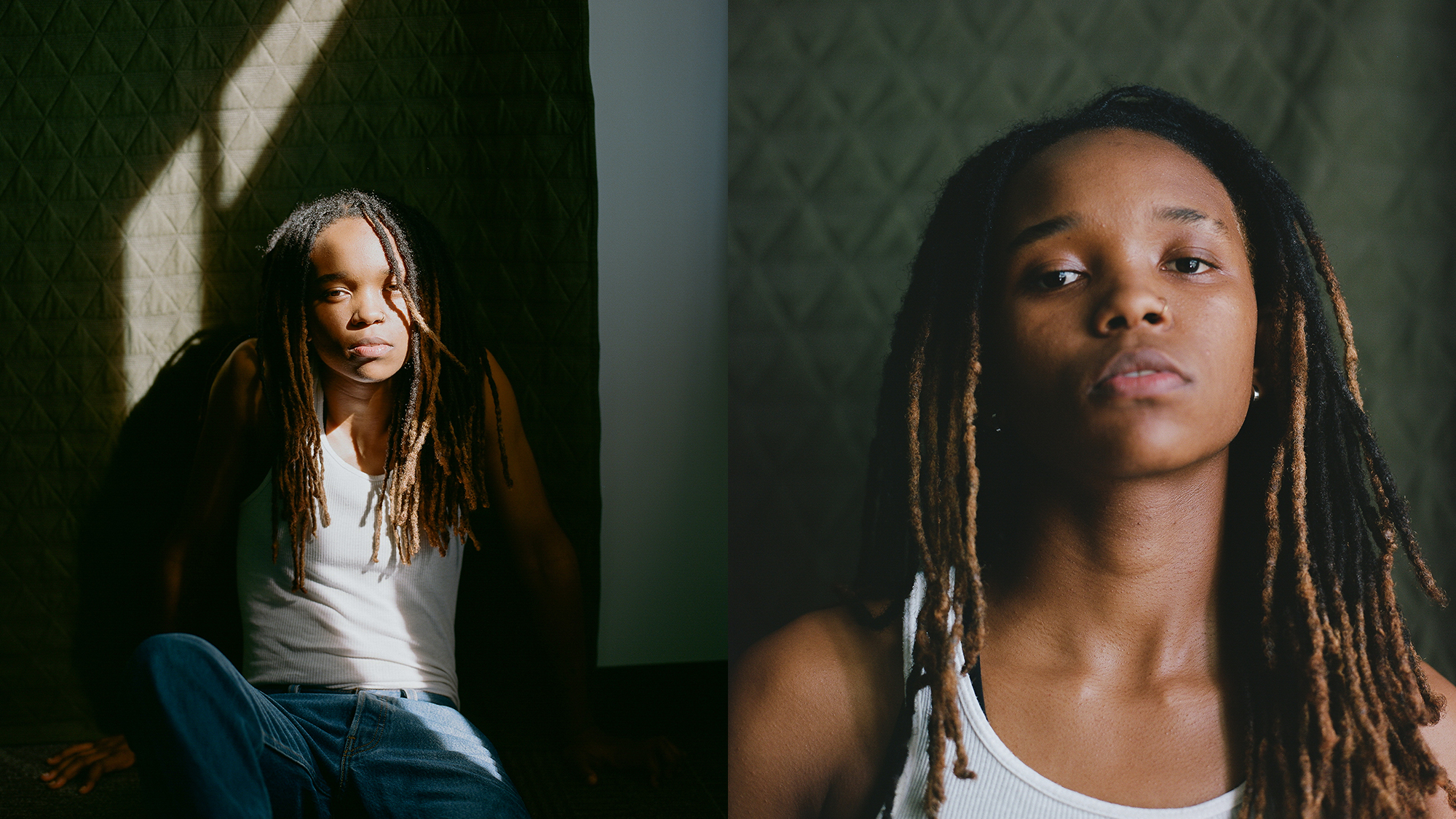To Lindsay Perryman, queer community means “being able to show the truest version of yourself.” It’s a sentiment that guides The Colors We Don’t See at The End of The Rainbow, a new zine of photography from the Brooklyn-born photographer and filmmaker. The LGBTQ+ community at large hasn’t always lived up to this definition—there’s a persistent contingent of cis members hellbent on demonising the existence of trans people, we are mere months away from a now-annual kink-at-Pride discourse, and virtually every progressive social movement in history has been mired in racism of some kind.
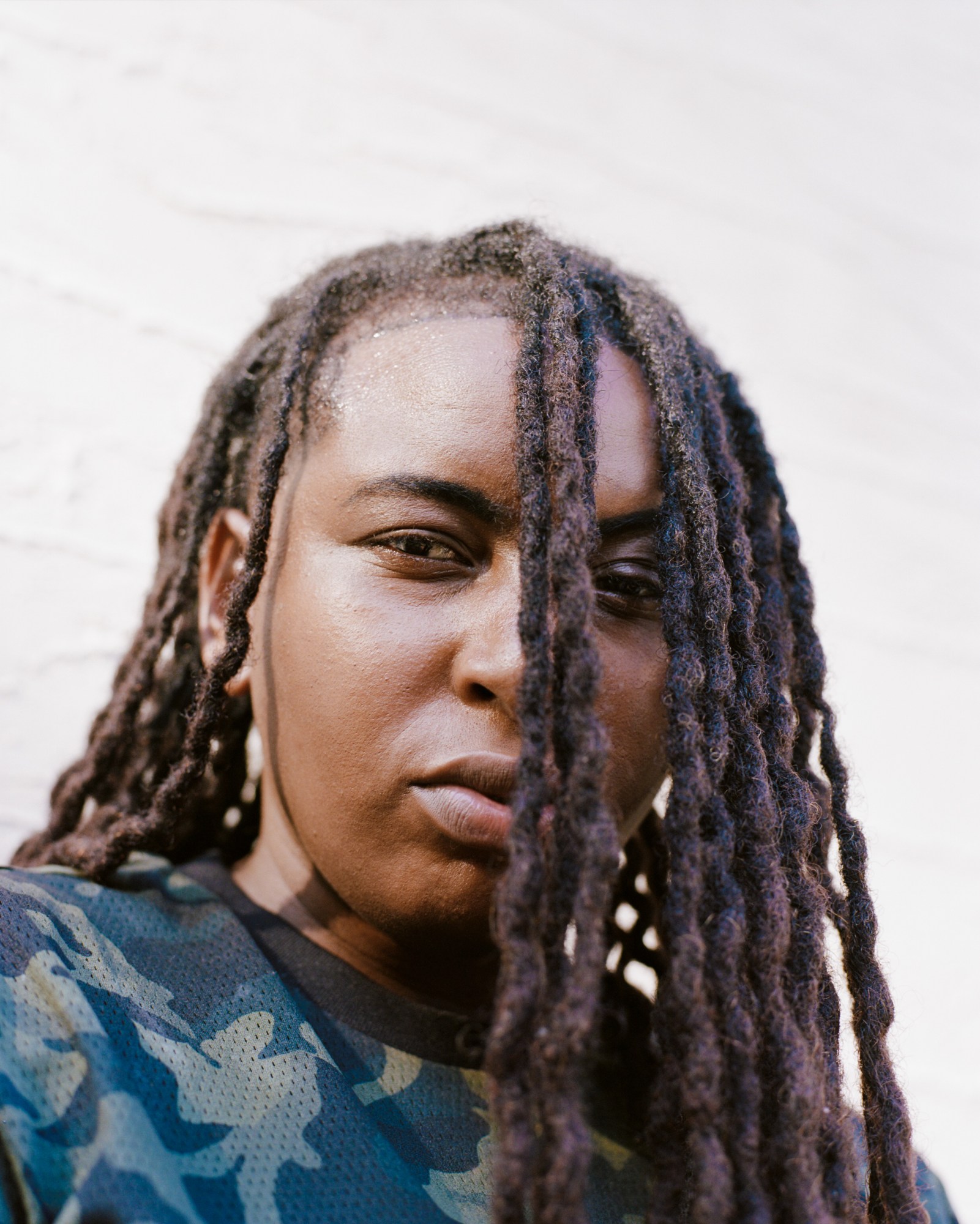
Recent research by the UK’s Stonewall demonstrates that 51% of people of colour have faced discrimination or poor treatment within the queer community; it’s a situation that is particularly acute for Black LGBTQ+ people, one in five (or 61%) of whom have experienced what is known as ‘double discrimination’ from other LGBTQ+ people.
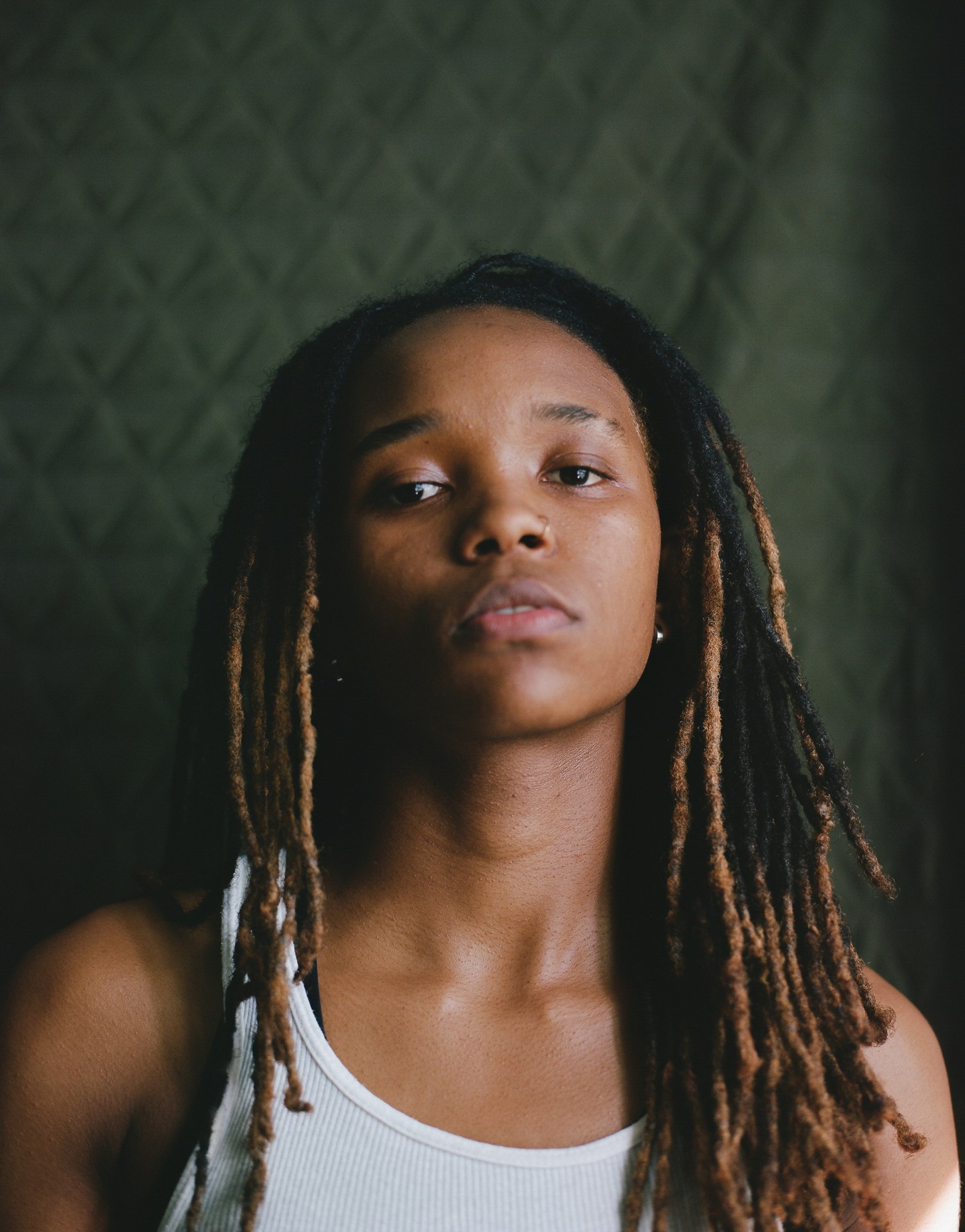
Lindsay, whose father had put a camera in their hand when they were a young child (“I’ve been intrigued ever since”), wanted to utilise their creative skills to take corrective action. “My initial inspiration for this project was simply to show Black and brown women of diverse backgrounds in the LGBT+ community,” Lindsay explains over email, noting that the now-widespread media representation of women is still often sorely lacking in terms of diversity. “I wanted to make sure it represented the LGBT+ population in a different light.”
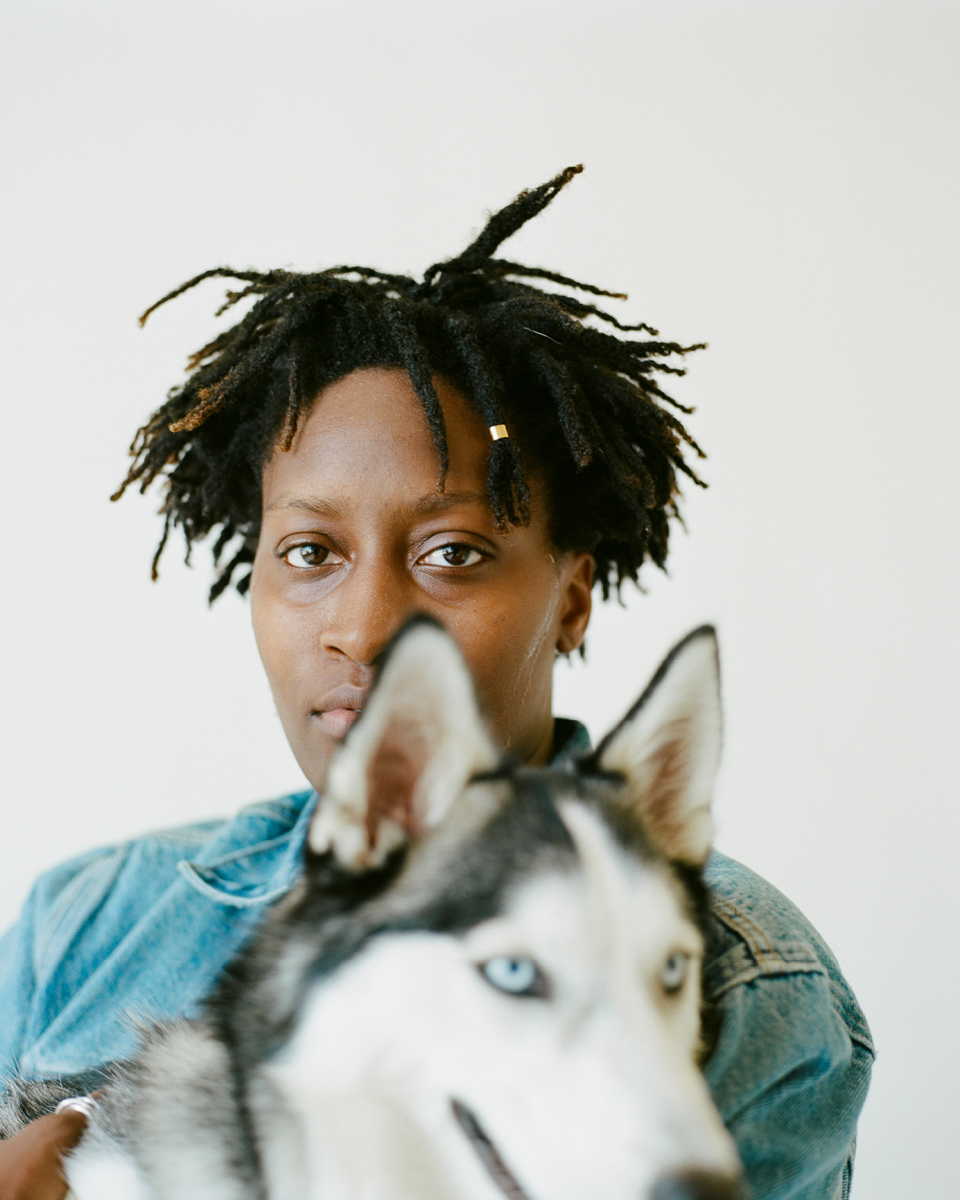
Specifically, Lindsay wanted to focus on ‘studs’: masculine African American women whose beauty is only rarely spotlighted. “Queer masculine women have been invisible up until this point,” says Lindsay. “I want my work to reflect my message: that the Black and brown community is more than the stereotypical image of it the media perpetuates.”
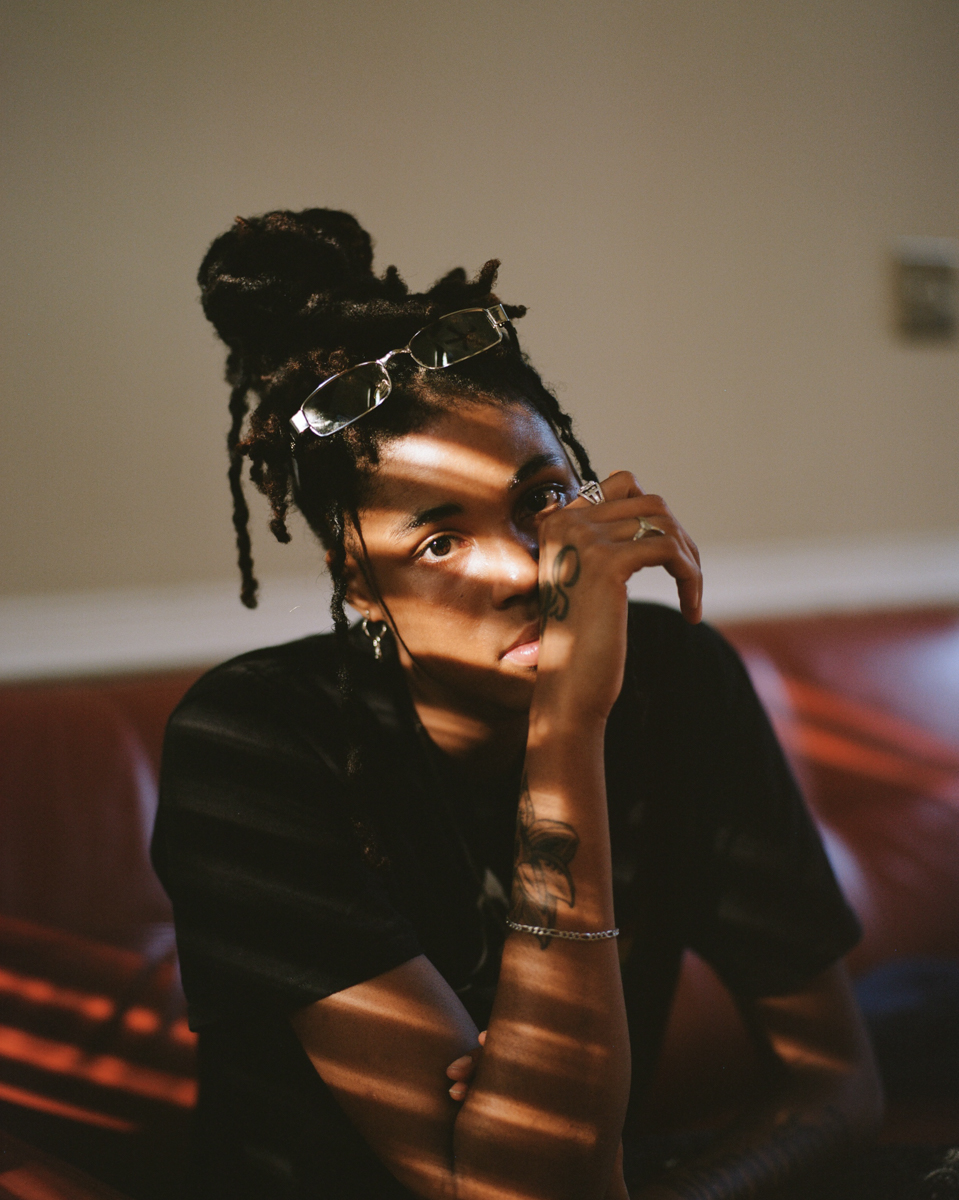
The 24-year-old artist cites photographer Tyler Mitchell as an enduring influence: “His unique portrayal of the Black and brown community — his ‘Black utopic vision’, as he calls it — really impressed me. He captures their elegance, but also leisure, and a playful freeness.” Colors will be Lindsay’s first official publication, inspired in large part by the models the work features. “Their desire to participate in the project, and to be so vulnerable in front of the camera” was a vital catalyst in the zine’s creation, they say: “I poured my heart, body and soul into it.”
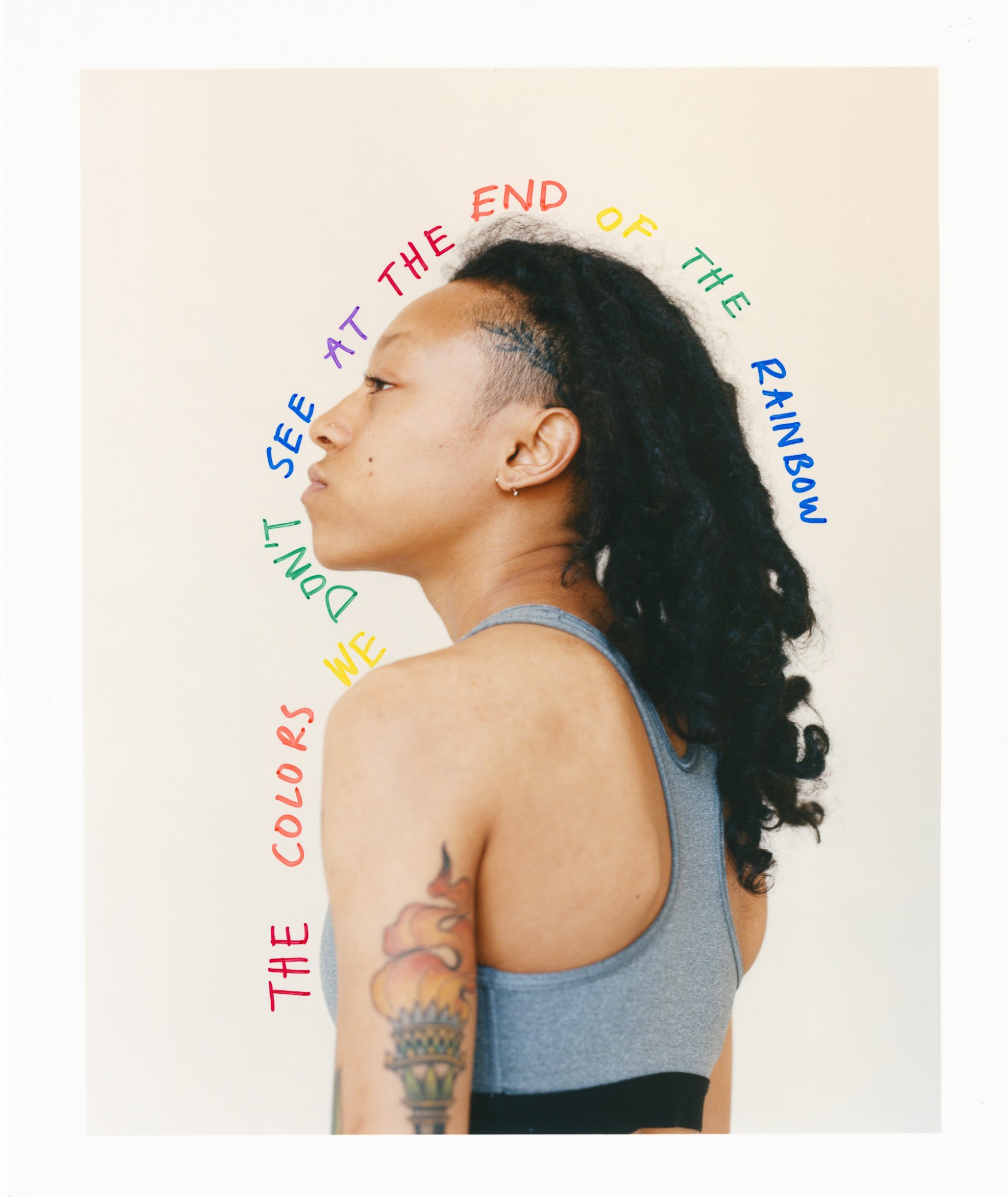
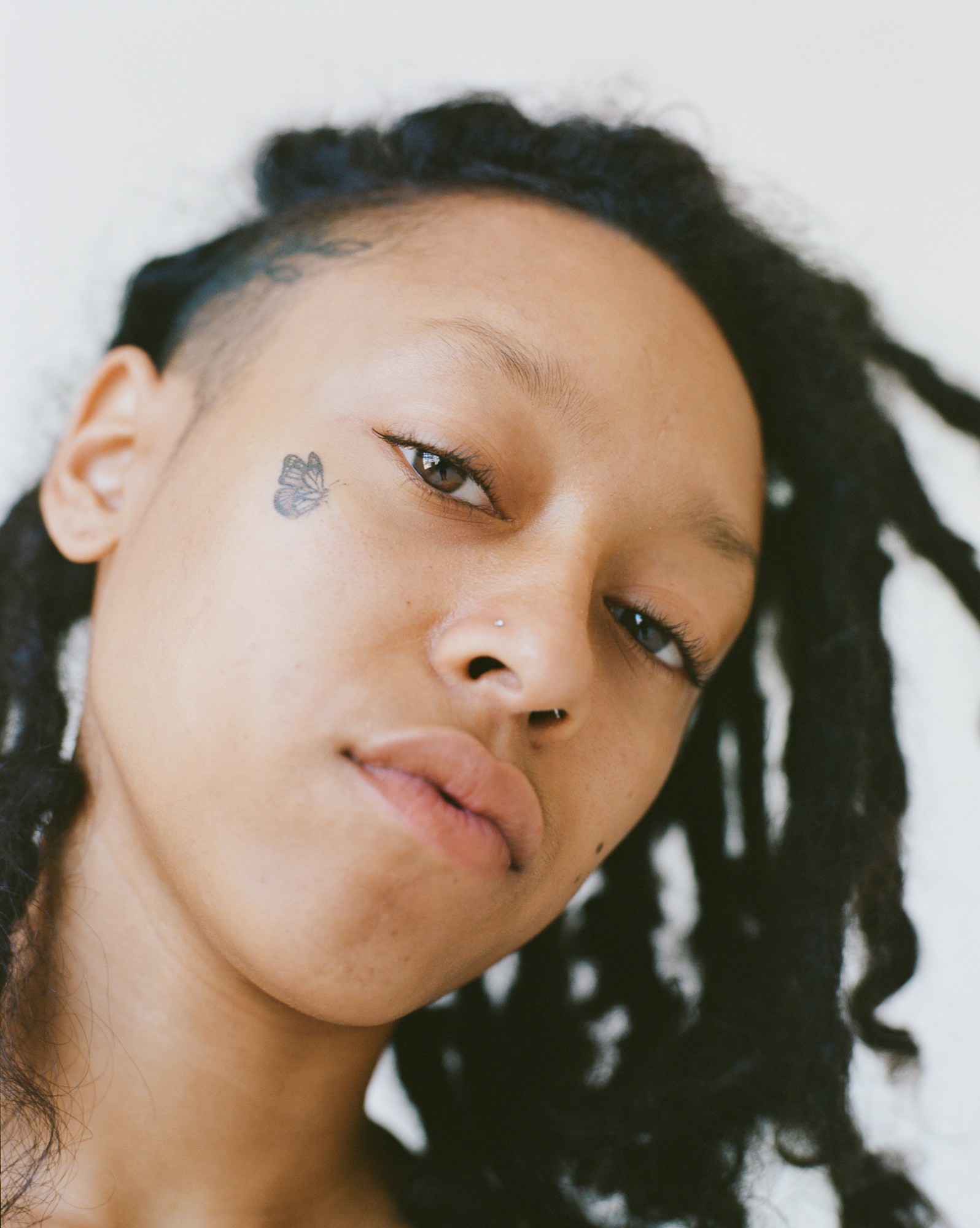
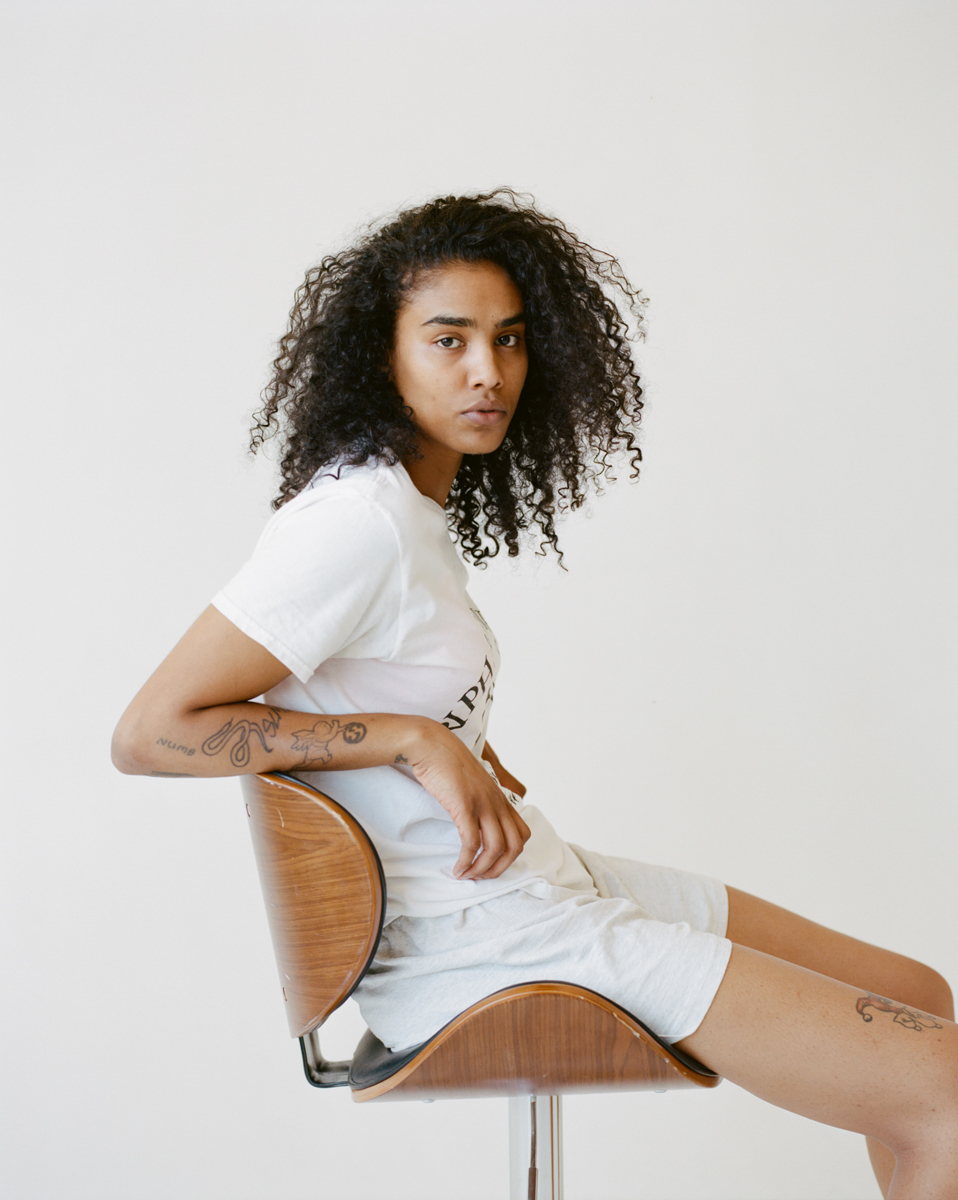

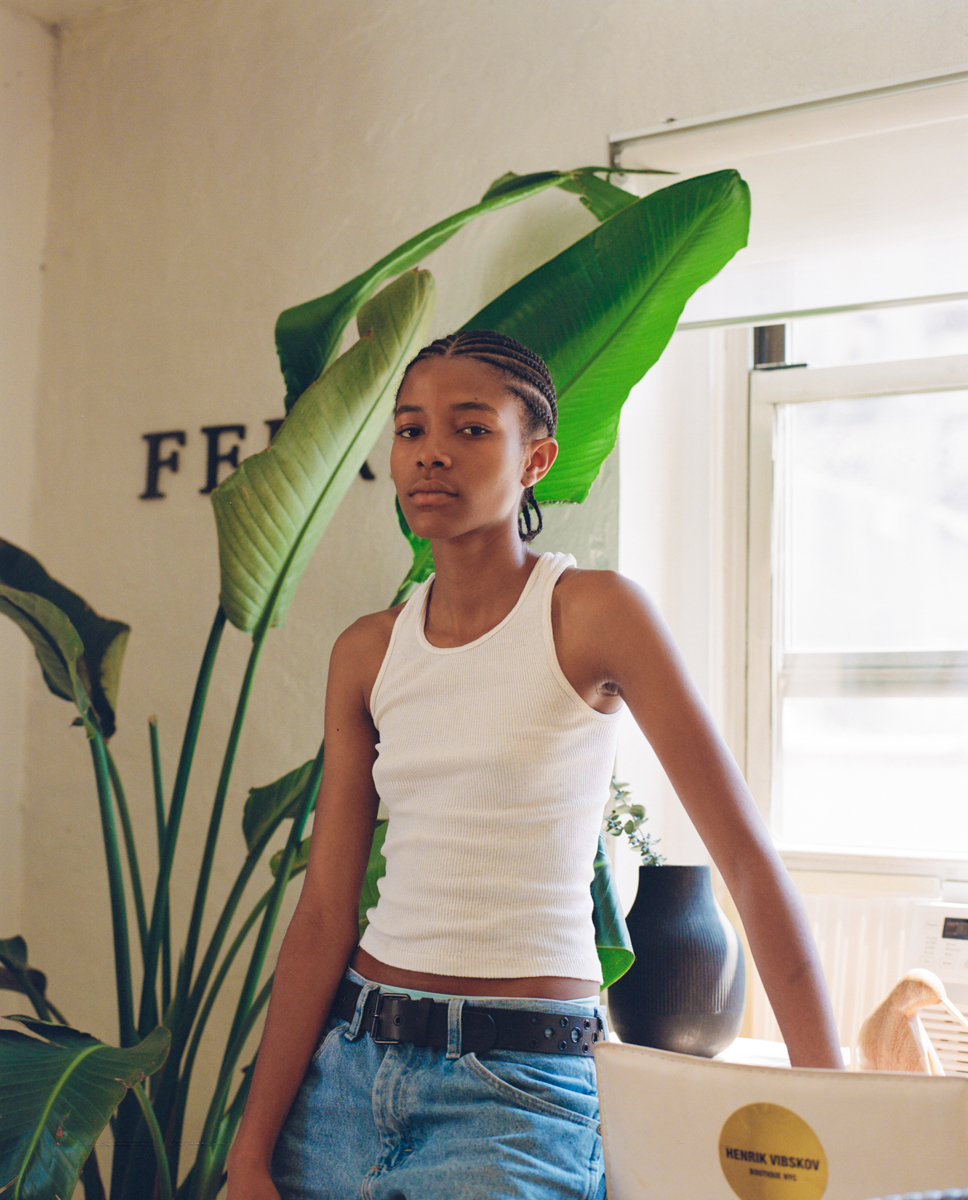

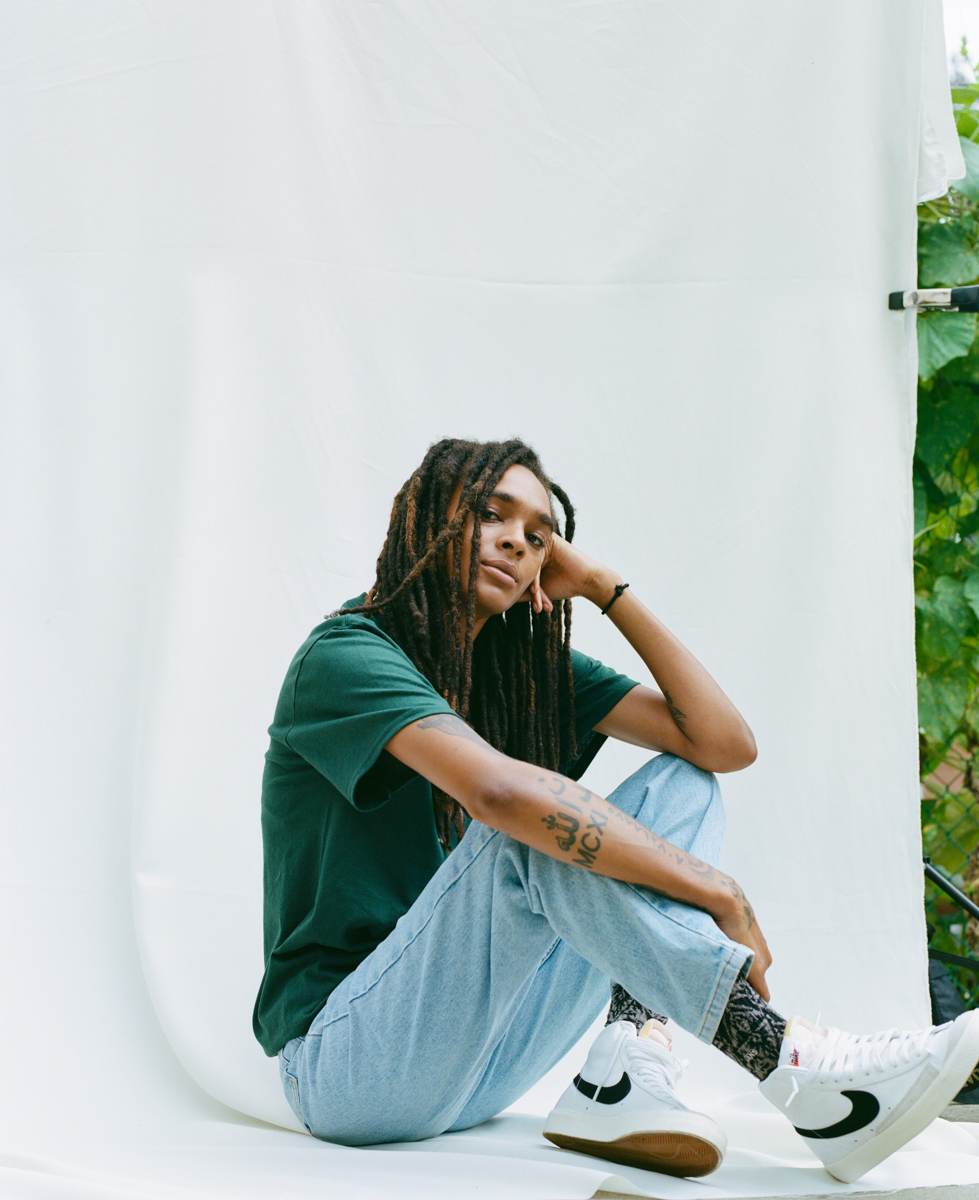
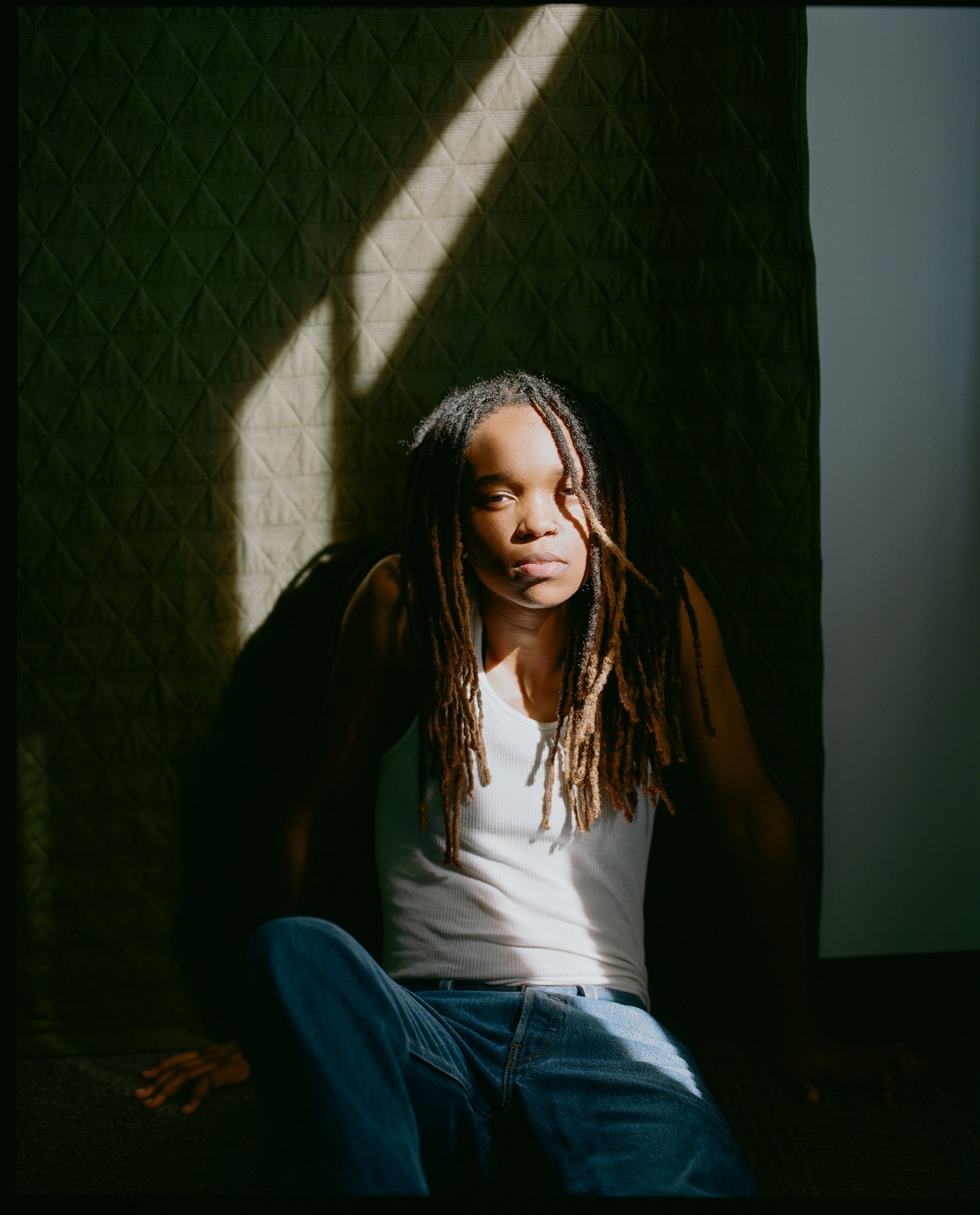
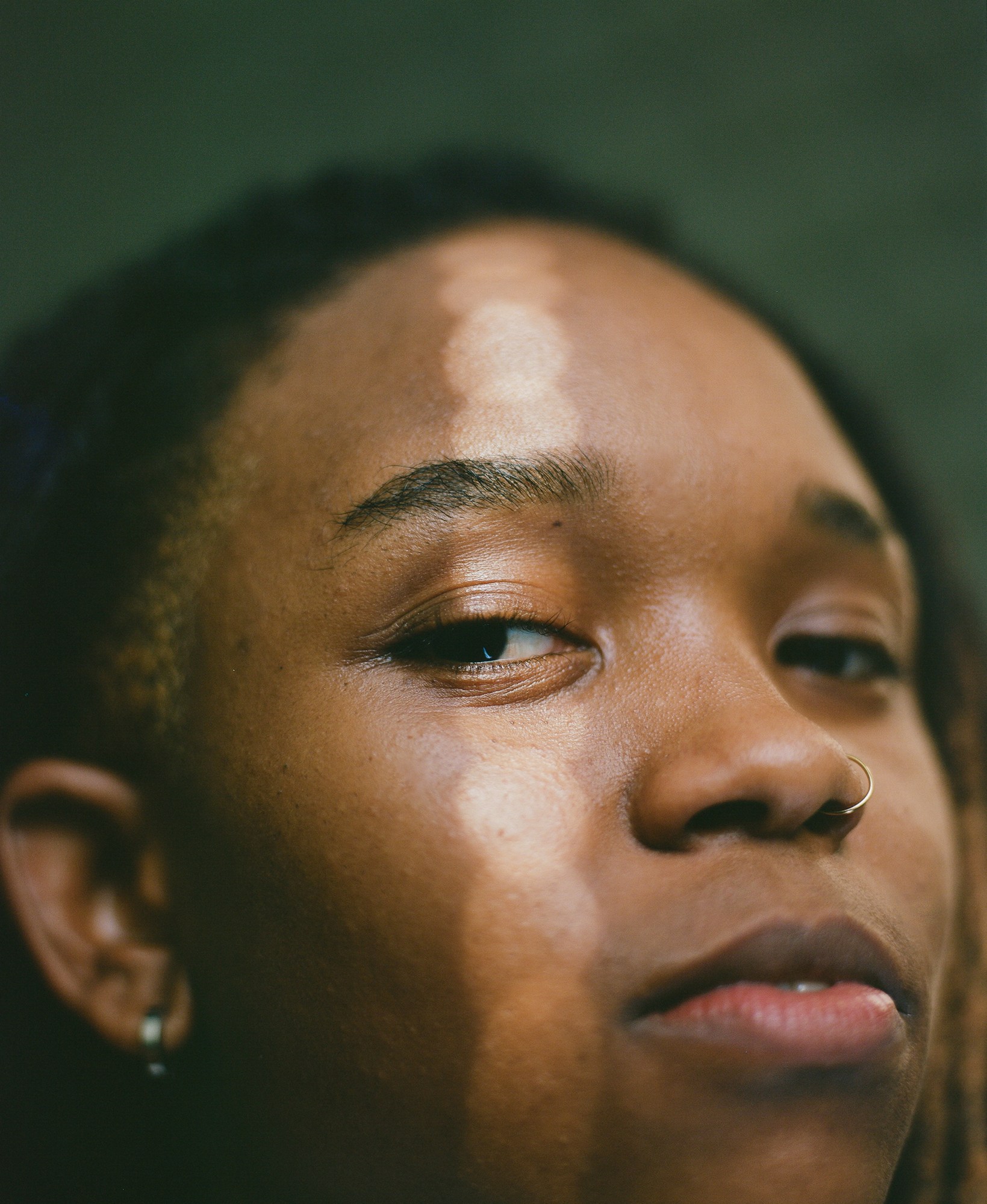

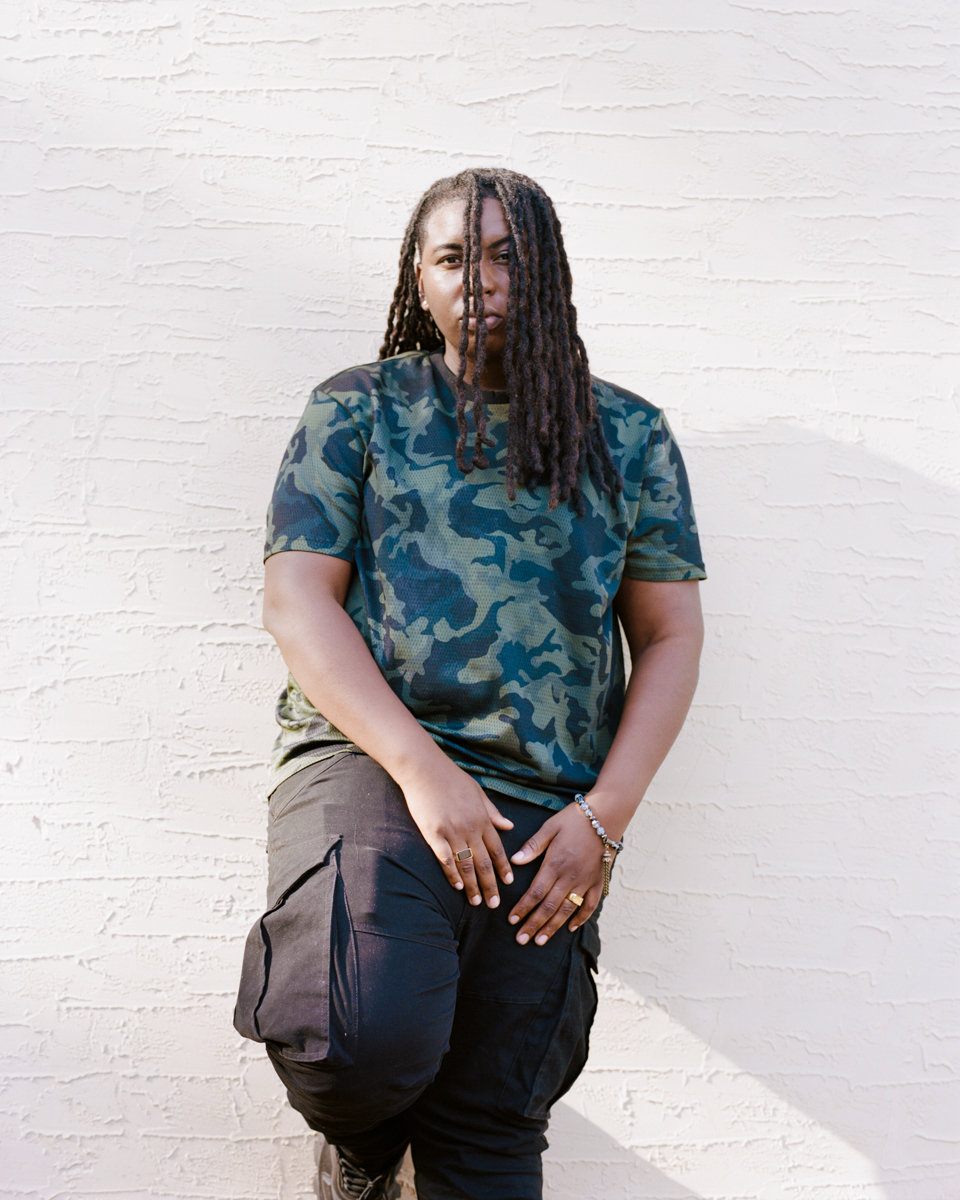
Credits
All images courtesy Lindsay Perryman
